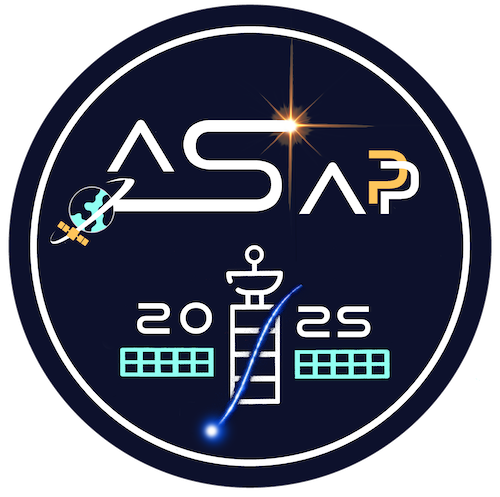Speaker
Description
Particle physics detectors in space employ many of the same core technologies as ground-based detectors used in high-energy physics (HEP). The engineering requirements, such as lightweight structures, radiation tolerance, and mechanical stability, closely align with those of space applications, enabling a straightforward adaptation of detector technologies to space missions. However, deployment in space introduces additional challenges, including the need to withstand intense launch loads and to operate reliably in the harsh space environment, particularly under large thermal excursions encountered across orbits.
Solutions developed in one domain are increasingly informing the other: ultrastable carbon-fiber sandwich structures originally developed for space missions are now being adopted in ground-based detectors, while highly conductive cold plates designed for sensor cooling in terrestrial experiments are finding applications in aerospace systems. The Alpha Magnetic Spectrometer (AMS) aboard the International Space Station demonstrates these challenges. Its upcoming upgrade marks a new frontier: the integration of an extremely stable detector plane on top the existing structure, with stringent requirements for maintaining performance through launch and extended operation in orbit.
This talk presents an overview of these cross-domain technological developments and highlights the growing convergence between spaceborne and ground-based detector mechanics
| Eligibility for "Best presentation for young researcher" or "Best poster for young researcher" prize | No |
|---|
